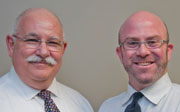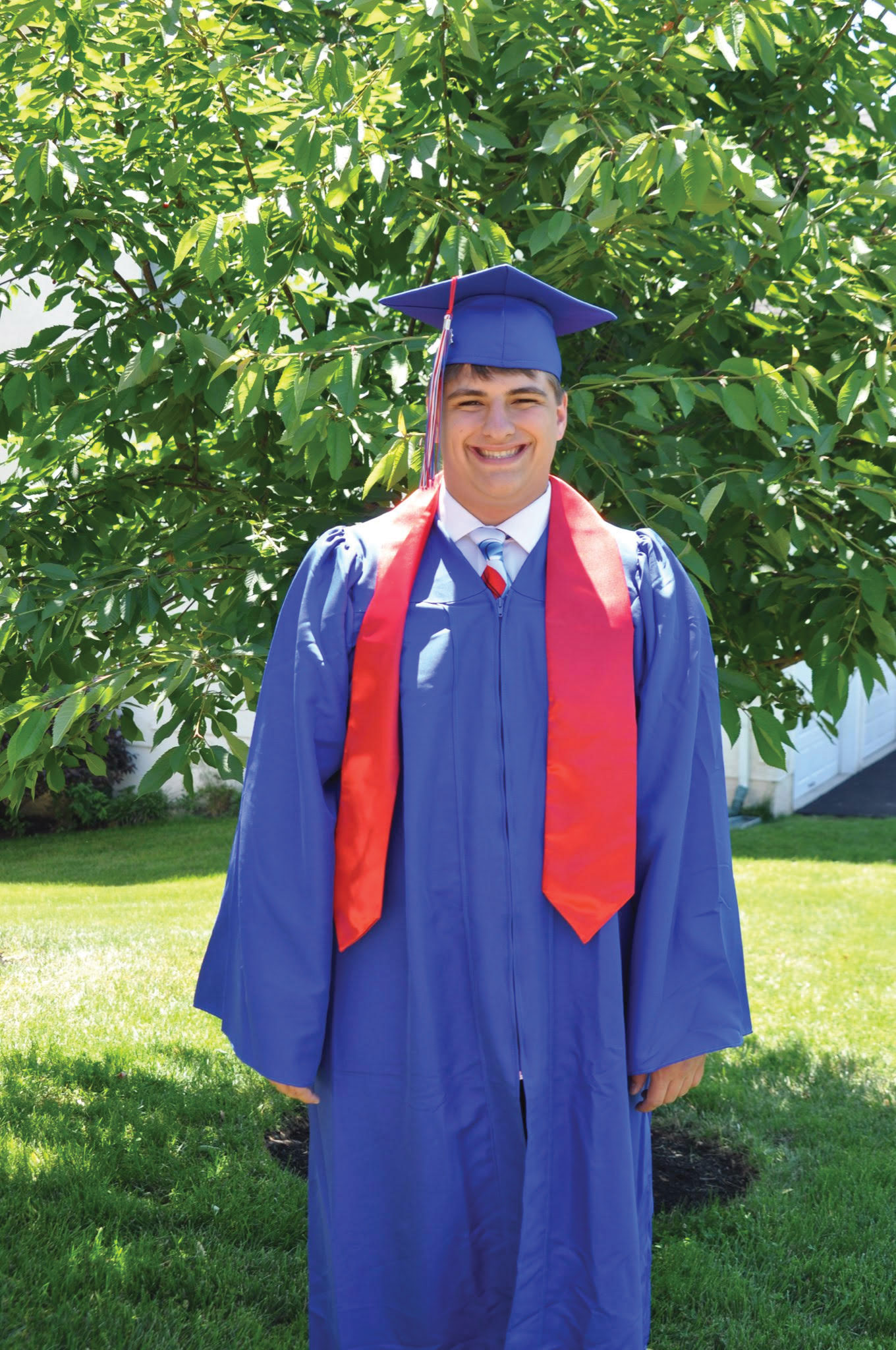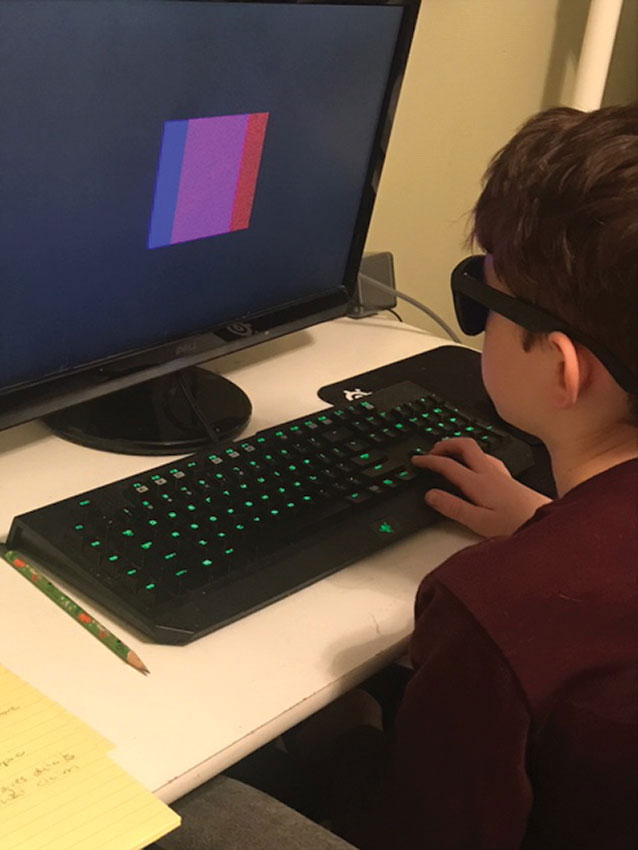 |
Thus far, our column has focused on concepts related to corrective lens prescribing, giving detailed advice on managing astigmatism, hyperopia, exotropia and more. We have yet to tackle cases that, upon exam, scream “vision therapy.” Over the next two installments, we’ll show the benefits of VT, first in younger patients and then in an older population. This intervention has its detractors to be sure, and some ODs may view it as worthwhile but too onerous to implement in practice, but we have had ongoing success with it in appropriate patients.
 |
| Among other things, vision therapy helps patients go on to find success in their educational endeavors. Click image to enlarge. |
Case One
Stuart was 15 years old when he was referred from another office to be included in a study on convergence insufficiency. He had double vision, with one eye turned outward, and had been experiencing headaches while reading for two years by the time he presented. He struggled in school and performed poorly on standardized testing.
Once in the exam room, it became obvious that, although the patient would not qualify for the study, he would need vision therapy. Cover testing showed 16 prism diopters of constant alternating exotropia at distance and 16 prism diopters of intermittent alternating exotropia at near, which occurred about half of the time.
On the Worth Four-Dot Test, he reported seeing only two red dots at distance, an indication of right eye suppression.
The tricky part of this case was the patient’s greater frequency of exotropia at distance. We have many tools that stress near point distance but few that focus on further distances. It didn’t help that this case took place prior to the invention of many of the options we have now that enable vision therapy at distance.
At the start of VT, we focused on near tasks, as there was a greater chance of success with this approach due to the intermittent nature and better functioning of the patient’s exotropia at near. Ensuring the patient understood the “feeling” of binocular vision and depth at near was the key to transferring those skills to distance. Without an understanding of what convergence feels like, a patient would have trouble voluntarily converging.
We used traditional vision therapy equipment, including a Brock string and vectograms, along with home support, such as the Home Therapy System computer program. After 21 sessions of VT, the patient’s complaints had subsided, and cover testing showed 16 prism diopters of intermittent exotropia occurring 10% of the time at distance and eight prism diopters of exophoria at near.
These findings were consistent for a year post–vision therapy, at which point he left for college and was more successful in school. He planned to attend graduate school to study business.
Case Two
|
Home support allows patients to complete vision therapy exercises through computerized systems. Click image to enlarge. |
Jake was eight years old when he first came into our office. He was falling behind in school, specifically reading, and in danger of being held back. His mother had learned about vision therapy and knew that it would help her son improve.
The patient’s primary care examination showed nothing out of the ordinary, so a visual processing exam came next. This evaluates eye movements, vision and visual spatial skills with different tests, including the ReadAlyzer, Test of Visual Perceptual Skills, Gardner Test of Reversal Frequency and Beery-Buktenica Developmental Test of Visual-Motor Integration.
To put it bluntly, this kid’s vision was a train wreck; not one test result was above the 20th percentile.
Over the course of 18 months, we made serious progress in helping our patient get on the right track. Not only did we focus on visual processing and oculomotor skills, but we also targeted visual efficiency skills. We believe that to best help a person optimize their visual performance, we must also work on accommodation and binocular skills.
In cases like this, where there are so many challenges, VT must take a global approach and work on building skills from the ground up. This is not a quick process by any means; good vision therapy and meaningful change take time.
Slowly but surely, Jake started performing better in vision therapy sessions and, most importantly, in school. His grades started creeping up into the B- and C-range, and occasionally, an A would show up on his report card. He is now an accomplished college student.
In both cases, we were able to help kids find short- and long-term success. Undoubtedly, lenses are immensely powerful tools. VT can be just as powerful and is worth including on your tool belt.


